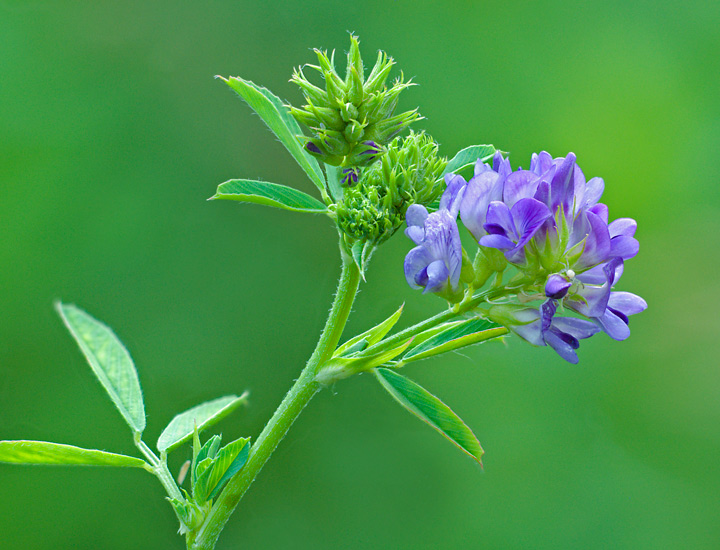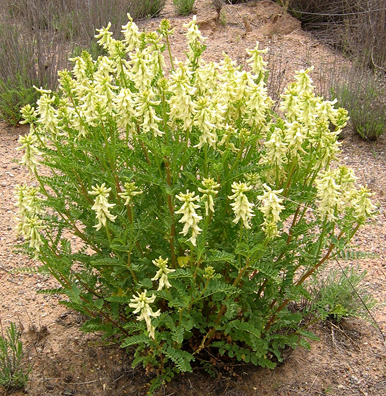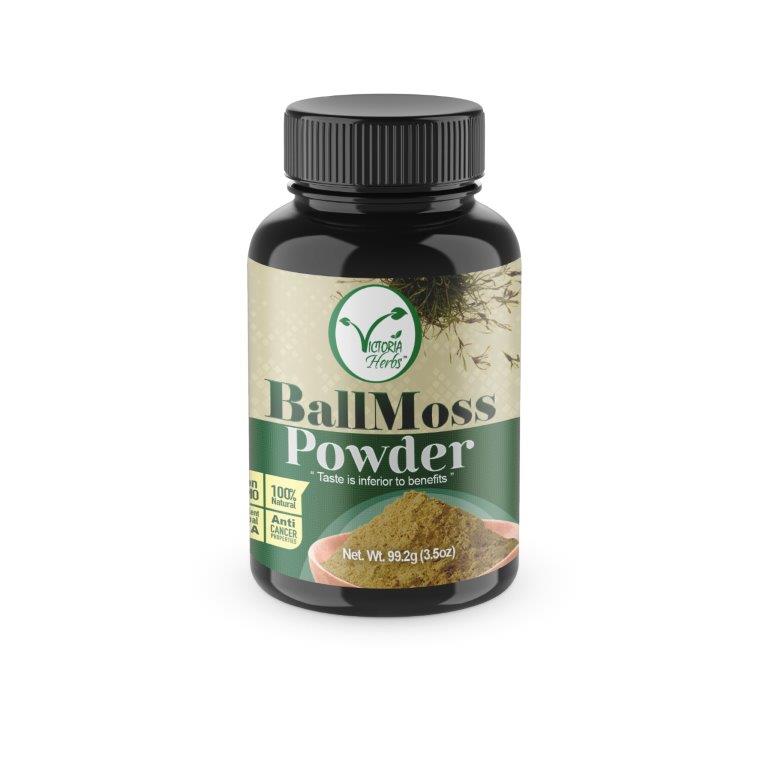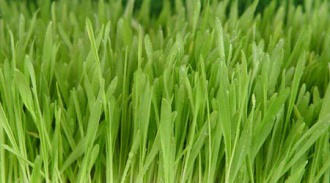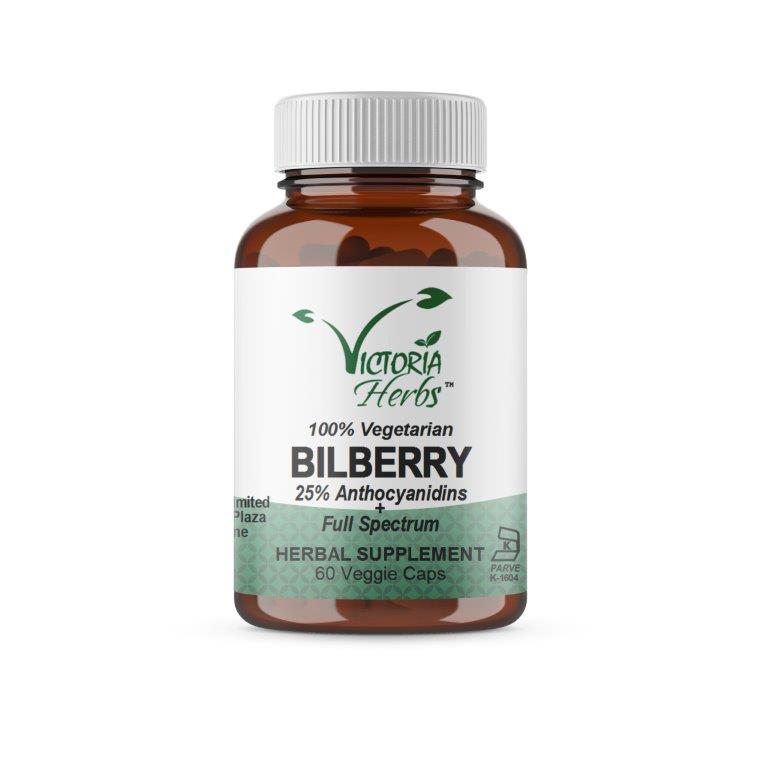Chaparral Powder
-
$4.32
- Availability: In Stock
Other Names: Creosote Bush, Créosotier, Greasewood, Hediondilla, Jarilla, Larrea divaricata, Larrea tridentata, Larreastat, Larrea mexicana, Zygophyllum tridentatum. Chaparral is a plant. The leaf is used to make medicine, but there are serious safety concerns. The U.S. Food and Drug Administration and Health Canada have advised consumers against using products containing...
Other Names: Creosote Bush, Créosotier, Greasewood, Hediondilla, Jarilla, Larrea divaricata, Larrea tridentata, Larreastat, Larrea mexicana, Zygophyllum tridentatum.
Chaparral is a plant. The leaf is used to make medicine, but there are serious safety concerns. The U.S. Food and Drug Administration and Health Canada have advised consumers against using products containing chaparral due to safety concerns. Despite warnings, chaparral is still available in the U.S. Chaparral is not permitted by Health Canada because it is not an authorized natural health product. Chaparral is sometimes an ingredient in diluted homeopathic preparations. The safety concerns do no generally apply to homeopathic preparations containing chaparral due to the extreme dilutions.
Country of Origin: Mexico
Beneficial Uses:
Chaparral is used for digestion problems including cramps and gas; respiratory tract conditions including colds and infections; and ongoing chronic skin disorders. It is also used for cancer, arthritis, tuberculosis, urinary tract infections, sexually transmitted diseases, central nervous system conditions, chickenpox, parasite infections, obesity, and snakebite pain. Some people use chaparral for detoxification, or as a tonic or “blood purifier.” Arthritis.
Cancer Sexually transmitted diseases. Tuberculosis Colds Skin conditions Stomach problems (cramps, gas) Weight loss Urinary and respiratory infections Chickenpox.
Contraindications:
Chaparral is UNSAFE. There are several reports of serious poisoning, acute hepatitis, and kidney and liver damage, including kidney and liver failure.
Chaparral can cause side effects including stomach pain, nausea, diarrhea, weight loss, fever, and liver and kidney damage. Putting chaparral on the skin can cause skin reactions including rash and itching. Special Precautions & Warnings: Pregnancy and breast-feeding: Chaparral is UNSAFE. It can cause serious liver and kidney problems. Don’t use products containing chaparral.
Liver disease: Chaparral might make liver disease worse. Don’t use it. Medications that can harm the liver (Hepatotoxic drugs) interacts with CHAPARRAL
Chaparral might harm the liver. Taking chaparral along with medication that might also harm the liver can increase the risk of liver damage. Do not take chaparral if you are taking a medication that can harm the liver.
Some medications that can harm the liver include acetaminophen (Tylenol and others), amiodarone (Cordarone), carbamazepine (Tegretol), isoniazid (INH), methotrexate (Rheumatrex), methyldopa (Aldomet), fluconazole (Diflucan), itraconazole (Sporanox), erythromycin (Erythrocin, Ilosone, others), phenytoin (Dilantin), lovastatin (Mevacor), pravastatin (Pravachol), simvastatin (Zocor), and many others.




